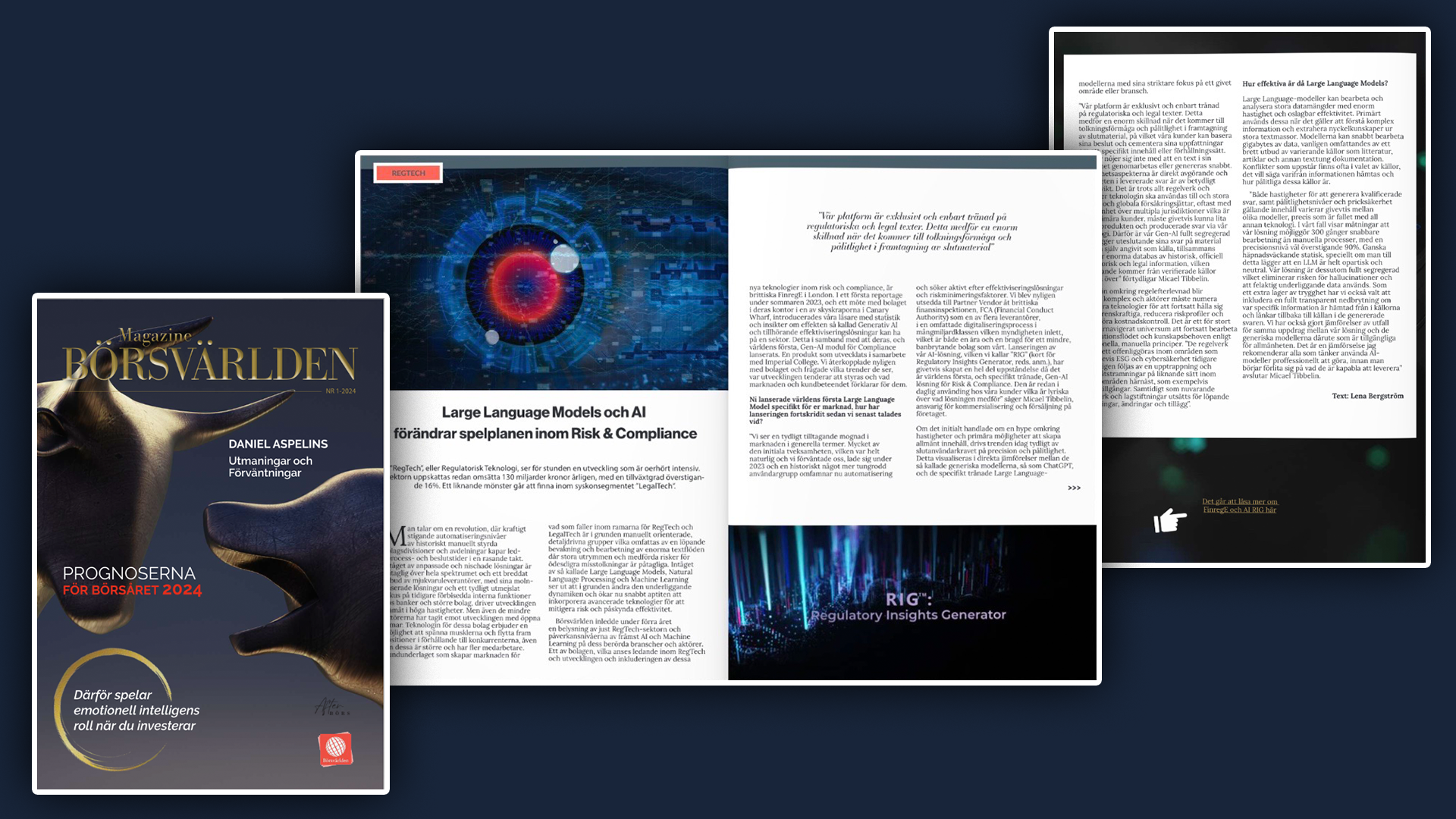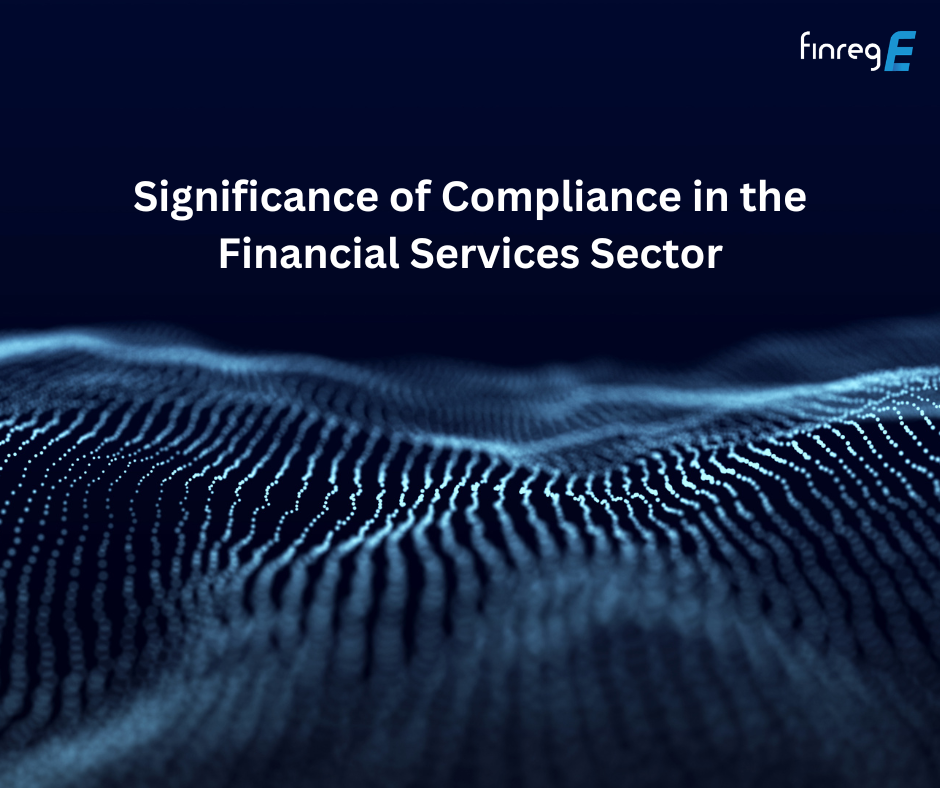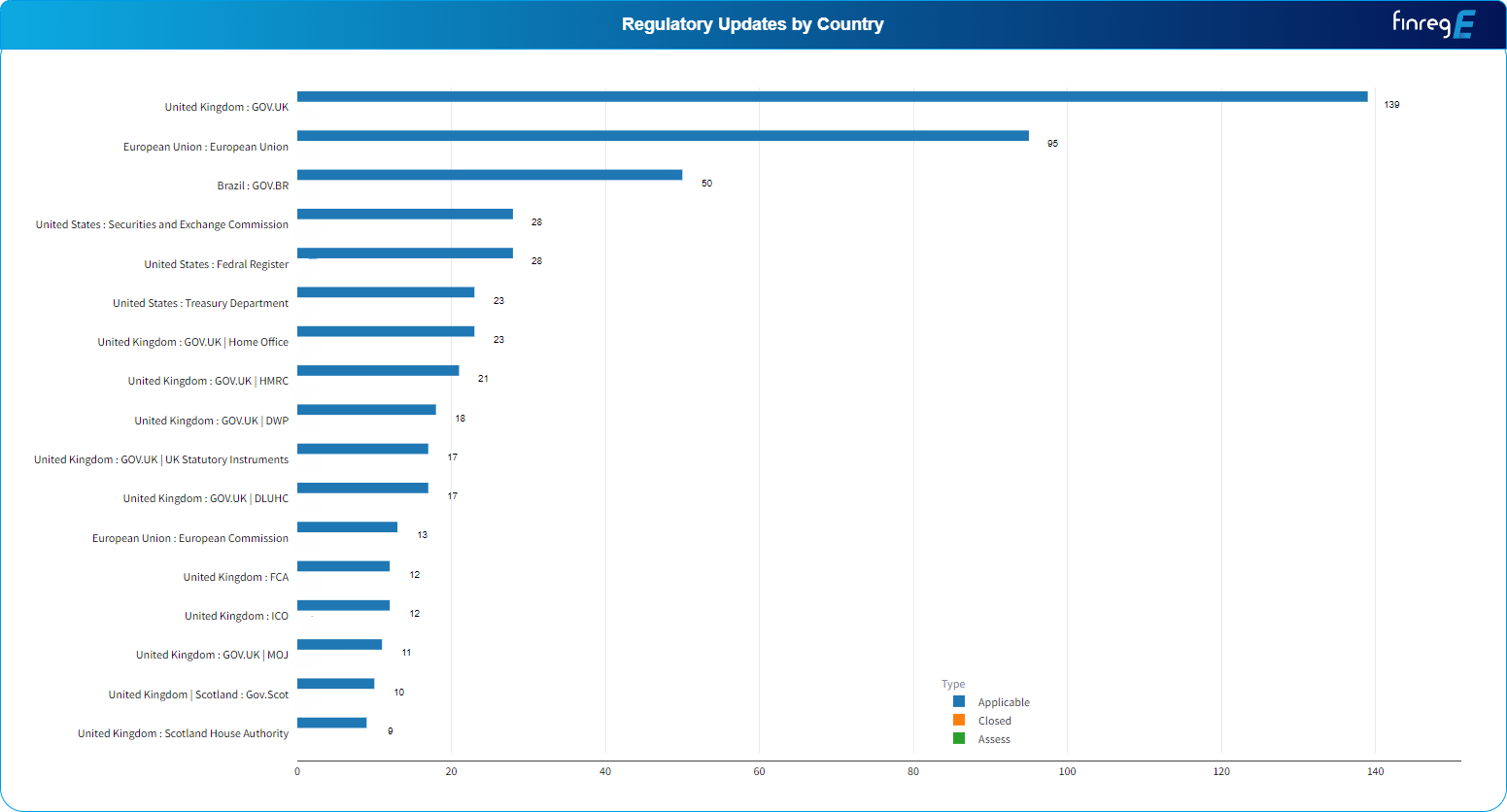Happy to see a nice feature in Scandinavian Financial Newspaper “Börsvärlden” (Exchange World) where FinregE was invited to speak on the impact of AI and Large Language Models in Risk and Compliance. The interview was conducted and published in Swedish, but we have translated the text into English for all our clients and followers. Thanks to Börsvärlden for another nicely written article focusing on our advanced technology and all the benefits it brings to our clients.
Text below published on pages 24, 25 and 26 of the March issue of Magazine Börsvärlden. Orginal article can be found here: https://borsvarlden.com/pdf
Large Language Models and AI are changing the playing field in Risk & Compliance
“RegTech”, or Regulatory Technology, is currently experiencing an extremely intense growth phase. The sector is already estimated to have passed a turnover of SEK130 billion annually, with a financial outlook exceeding 16%. A similar pattern can be found within the sibling segment “LegalTech”. There are talks of a “revolution”, where sharply rising levels of automation in historically manually driven corporate divisions and departments cut lead, process and decision times at rapid speeds. The entry of customized and niche solutions is noticeable across the spectrum and a widened range of software providers, with their cloud-based solutions and a clearly defined focus on previously somewhat overlooked internal functions within banks and larger companies, are driving development forward at high speeds. But even the smaller players have welcomed the development with open arms. The technology for these companies offers an opportunity to flex their muscles and advance their positions in relation to their competitors, even if these are larger and have more employees.
The customer base that creates the market for what falls within the realm of RegTech and LegalTech are typically manually operated, detail-driven and highly-skilled user groups tackling the issues of ongoing monitoring and processing of enormous text flows where associated risks of misinterpretations with severe consequences are constant. The advent of Large Language Models, Natural Language Processing and Machine Learning looks set to fundamentally change the underlying dynamics and are now rapidly increasing the appetite to incorporate advanced technologies to mitigate risk and accelerate efficiency.
Last year, Börsvärlden initiated a specific focus on the RegTech sector, aiming to track the impact levels of AI and Machine Learning on its affected industries and participants. One of the companies, which are considered leaders in the RegTech space and the development and inclusion of these new technologies in risk and compliance, is British company FinregE in London. In our first article, during the summer of 2023, and a meeting with the company in their office in one of the skyscrapers in Canary Wharf, our readers were introduced to statistics and insights about the effect Generative AI and associated technology solutions can have on a sector. This in connection with the launch of their, and the world’s first, Gen-AI module for Compliance, a product developed in collaboration with Imperial College. We recently reconnected with the company and asked what trends they see, where development is being steered, and what the market and customer behaviour explains to them.
You launched the world's first Large Language Model specifically developed for your market, how has the launch progressed since we last spoke?
“We see a clear increase in maturity in the market in general terms. Much of the initial hesitancy, which was completely natural and expected, subsided by the end of 2023 and a historically, somewhat less tech-receptive user base is now embracing automation and actively looking for efficiency solutions and risk mitigation factors. We were recently appointed as a Partner Vendor for the FCA (Financial Conduct Authority) as one of several suppliers, in a comprehensive, multi-million pounds digitalization process that the authority started, which is both an honour and a feat for a smaller, pioneering company like ours. The launch of our AI solution, which we call “RIG” (short for Regulatory Insights Generator, editor’s note), has of course created quite a stir as it is the world’s first, and specifically trained, Gen-AI solution for Risk & Compliance. It is already in daily use by our customers, who are raving about what the solution entails,” says Micael Tibbelin, responsible for commercialization and business development at the company.
If it started with the hype around speeds and possibilities to create general content quickly, the trend today is clearly driven by end-users demand for precision and reliability. This is visualized in direct comparisons between the generic models, such as ChatGPT, and the specifically trained Large Language Models, with their stricter focus on a specific field or industry.
“Our platform is exclusively trained on regulatory and legal texts. This makes a substantial difference when it comes to precision and reliability in producing final material on which our clients can base their decisions and cement their understanding in regard to specific content or publication. Customers are not satisfied only with having a text being worked through or generated quickly. The accuracy aspects are decisive and the reliability of delivered answers and actual output is of much greater importance. It is, after all, regulations and legal texts that the technology is being used for, and large banks and global insurance giants, usually with operations across multiple jurisdictions, which are our primary customers, must of course be able to trust the end product and answers produced via our technology. Therefore, our Gen-AI is fully segregated and exclusively bases its responses on material and sources specified by the customers themselves, together with our enormous database of historical and official regulatory and legal information, which comes from verified sources worldwide”, explains Micael Tibbelin.
The environment around regulatory compliance is becoming increasingly complex and participants now must include technologies to remain competitive, reduce their risk profiles and enable cost control. It is too large and too difficult of a universe to navigate manually, as it is demanding continuous processing of massive information flows and very specific knowledge needs.
“The regulations we have seen made public in areas such as ESG and Cyber Security in the past will most likely be followed by an escalation and further tightening in a similar way across other areas such as crypto-assets, while current regulations and legislations are subject to ongoing revisions and additions” explains Micael Tibbelin.
Then, how effective are Large Language Models?
Large Language Models can process and analyze large data sets at mind blowing speeds and unbeatable efficiency. Primarily, these are used when it comes to understanding and identifying complex information and extracting key knowledge from large masses of text. The models can quickly process gigabytes worth of data, usually comprised of a wide range of diverse sources such as literature, articles and other text-heavy documentation. Conflicts that arise are often found in the choice of sources, that is, where the information is taken from and how reliable these sources are.
“Both speeds to generate qualified responses and levels of reliability and accuracy regarding content vary between different models, just as is the case with any other technology. In our case, measurements show that our solution enables 300 times faster processing than manual processes, with a precision level well north of 90%. Quite an astonishing statistic, especially if you add to this that our LLM is completely unbiased and neutral. Our solution is also fully segregated, which eliminates the risk of hallucinations and incorrect underlying data being used. As an added layer of reassurance, we’ve also chosen to include a fully transparent breakdown of where specific information is taken from in the sources, with link backs available in the generated responses. We have also made comparisons in terms of outcomes for the same request given between our solution and the generic models out there that are publicly available. To me the outcome is clear and I do recommend everyone who intends to use AI models professionally to do the same before they start relying on what such models are capable of actually delivering”, concludes Micael Tibbelin.
You can read more about FinregE and AI RIG here:
AI Regulatory Expert




